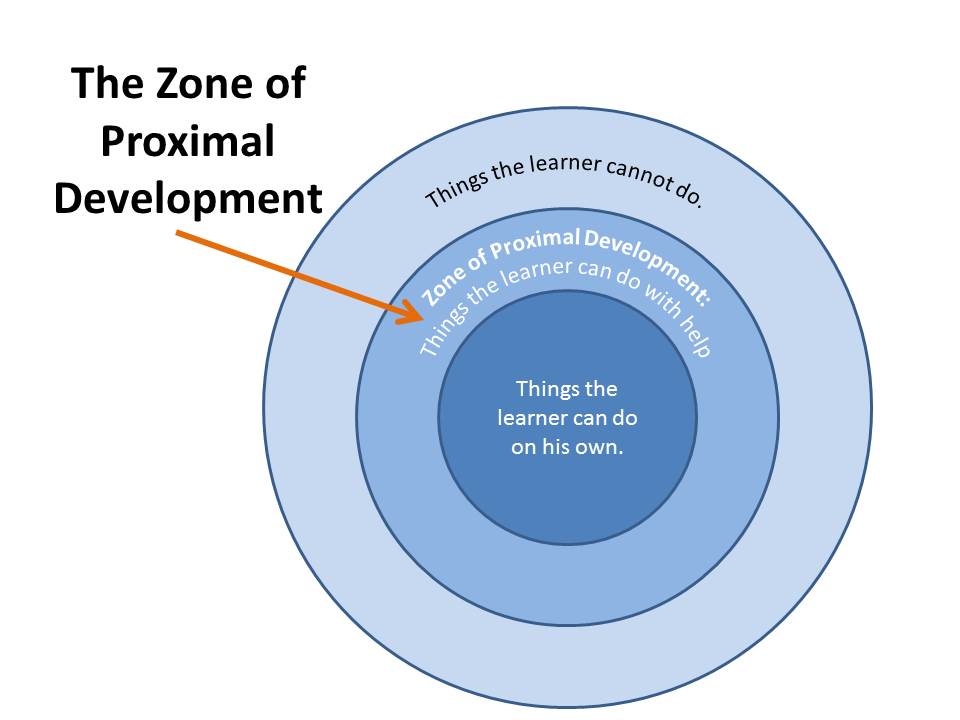Impacting Engagement, Motivation and Success
What do you think will have the biggest impact on student engagement, motivation, and success in the elementary mathematics classroom?
In my opinion, the delivery of the mathematic content will have the largest impact on student engagement, motivation, and success. The best way that we can engage our students is by making the learning fun and interesting. We have a set curriculum that we must follow, so there isn’t much that we can change about what is being taught, but we can alter how it is being delivered. By using more play-based learning throughout the elementary grades, students will find consistency in how they learn mathematics while also associating a typically “difficult” subject with fun learning. It is also important that educators use visually stimulating tools to engage and motivate their students throughout their learning, including videos, books, and other texts (What Works? Research into Practice, pg. 2-3). When we are able to grasp our students attention and engage them in fun learning, students will be both intrinsically and extrinsically motivated to achieve success.

To ensure the success of all students in our elementary mathematics classrooms, we must ensure that the content being delivered is at an grade-appropriate and obtainable level. The lessons should be differentiated to meet the levels of all students in the classroom, as well as providing multiple entry points into the same learning opportunities. One thing that the Differentiating Mathematics Instruction Capacity Building Series suggests considering when differentiating our instruction are the students’ Zones of Proximal Development. This outlines the “distance between the actual developmental level” of the student and their “level of potential development” (Capacity Building Series, pg. 1). When we take this into account, we can determine where they are currently with their learning and provide them with learning opportunities that can challenge and extend this learning.
